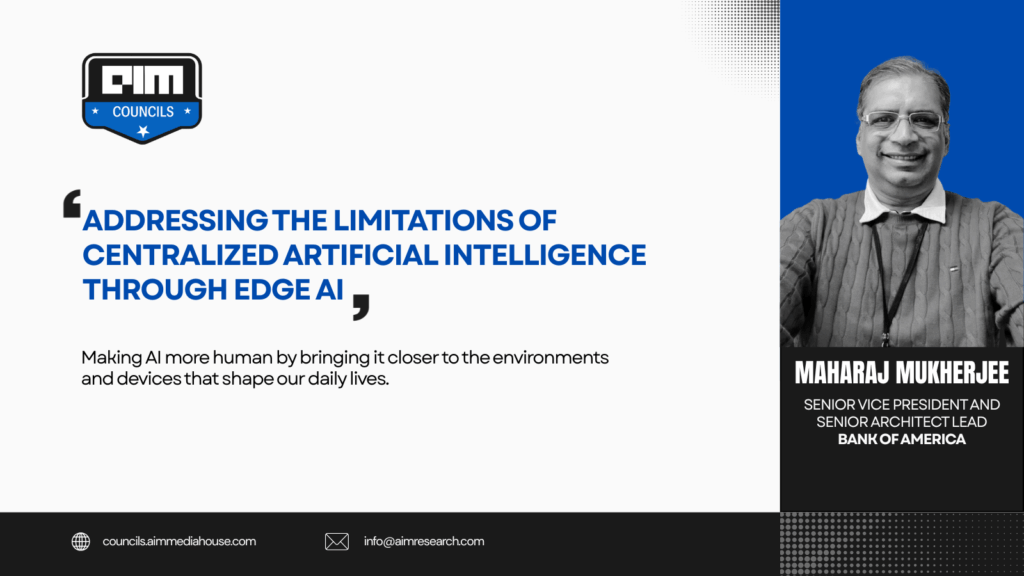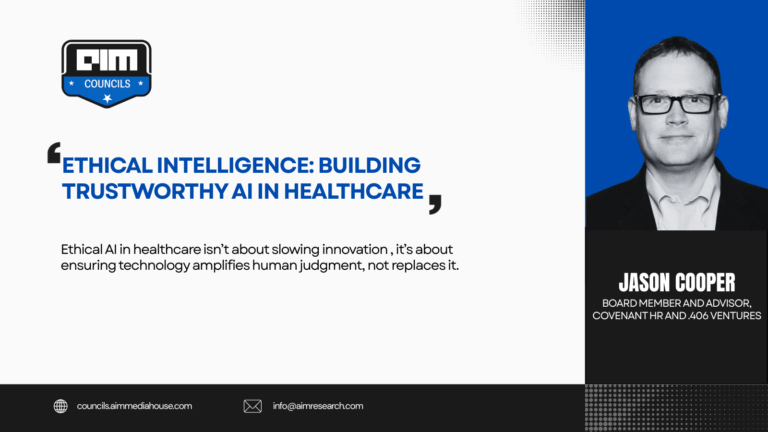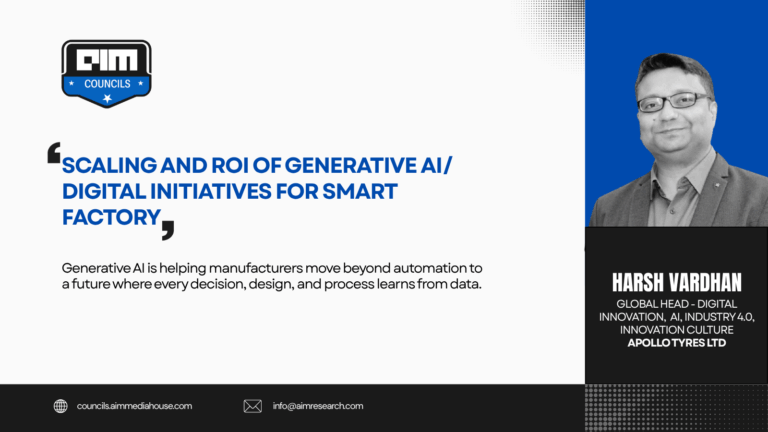AI runs most of our digital systems today. But there’s a problem. Most AI relies on cloud servers, and that creates bottlenecks.
When you need instant results, sending data to the cloud and back takes too long. The delay might be small, but in autonomous vehicles or factory automation, even a fraction of a second matters. Network latency isn’t the only issue. Limited bandwidth makes it expensive to move large amounts of data. And you need a stable internet connection at all times. If your connection drops, your AI stops working.
Privacy is another concern. Sending sensitive data to external servers creates risks. In healthcare, manufacturing, and defense, data sovereignty requirements often prevent companies from using cloud-based processing. The data has to stay local.
As more devices connect to the internet, the cost and energy use of centralized AI keeps growing. Running massive data centers requires enormous amounts of electricity. The more devices you connect, the more infrastructure you need.
Cloud-based models also struggle with local conditions. They’re built for general use, not the specific quirks of sensors or changing environments at the edge. A camera in a factory faces different challenges than one on a city street. Temperature fluctuations, lighting changes, and equipment variations all matter. Generic models don’t adapt well to these nuances.
This is where Edge AI comes in. Instead of sending everything to the cloud, Edge AI processes data right where it’s created, on the device itself.

What Edge AI Does
Edge AI brings intelligence directly to industrial equipment. Sensors on factory floors can analyze their own data and spot problems instantly. No need to wait for cloud processing.
Take Siemens. They use Edge AI in their Industrial Edge platform to monitor motors and conveyor belts in real time. The system watches for unusual vibrations or temperature spikes. When it finds something off, it acts immediately. This means less downtime and lower costs. And because the data stays on-site, privacy stays intact.
The same approach works in cities. Pittsburgh installed traffic cameras with edge AI that analyze traffic patterns locally. The cameras adjust signal timing on the spot to reduce congestion and improve safety. No massive video files sent to the cloud. Just faster, smarter traffic management. The city saw real improvements, shorter travel times and fewer red-light violations.
The Problems with Edge AI
Edge AI solves some issues but creates others.
Edge devices are small. They don’t have the computing power or memory of cloud servers. To make AI models fit, you have to compress them. Sometimes that means sacrificing accuracy.
Security is harder too. When you have thousands of devices spread across different locations, each one is a potential weak point. Physical tampering becomes a real risk. So does model theft.
Managing all these devices is complicated. You need to keep them updated and working together. That takes effort and coordination.
And while you save on bandwidth, you still pay for hardware. Buying, maintaining, and upgrading thousands of edge devices isn’t cheap.
Edge AI handles on-device tasks well, but you still need the cloud for heavy lifting. Think about a retail chain with inventory systems in thousands of stores. Keeping all those devices synced and secure across different locations is tough. That’s the reality of large-scale Edge AI.
Energy Optimization
Here’s a concrete case. My colleagues and I developed a system (Patent US12361354B2) that uses Edge AI to optimize energy use in data centers.
The system spreads workloads across edge nodes in different locations. It picks nodes based on latency and available resources. Each node runs AI models that figure out the best energy sources, looking at cost, availability, and environmental impact of renewable versus non-renewable power.
By doing this locally instead of relying on central servers, the system responds faster and uses less energy. It also learns from each task it completes, getting better over time at managing energy and meeting operational goals.
This shows how Edge AI and energy efficiency can work together in practice.
What This Means
Edge AI changes where and how we process information. By moving computation closer to where data is created, it fixes latency problems, protects privacy, and reduces dependence on constant connectivity.
But it’s not without trade-offs. You have to balance energy use, model size, and device capabilities. Large-scale AI training still works better in centralized systems. The practical answer is combining edge and cloud computing, using each where it works best.
The data center example shows what’s possible. Edge networks can distribute tasks, cut energy waste, and improve their own performance over time. This approach applies across industries, from manufacturing to urban infrastructure to energy management.
Edge AI represents a shift in how we deploy intelligence. It brings processing power closer to sensors, cameras, and other data sources. This enables faster responses, better privacy, and more efficient operations in situations where cloud computing falls short.







